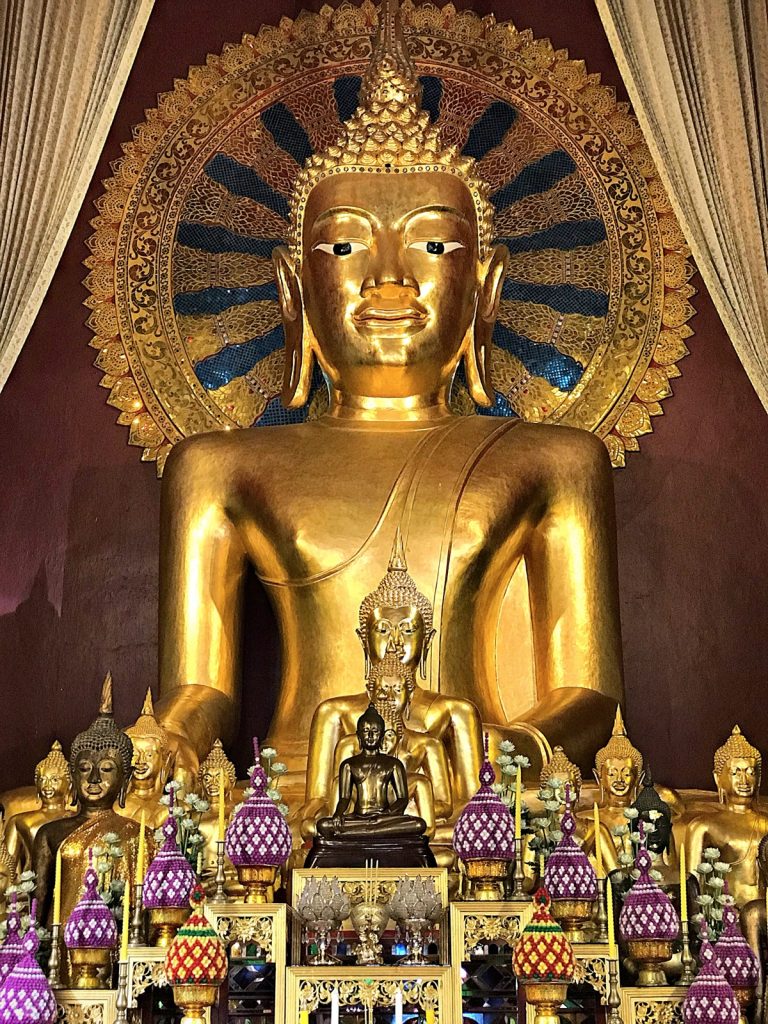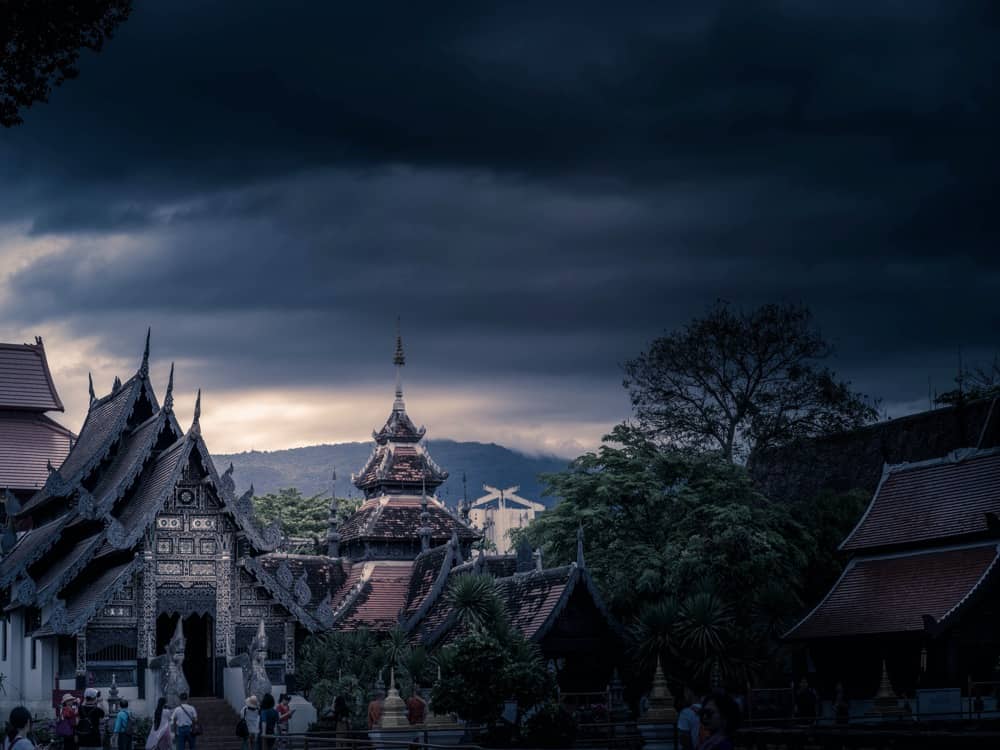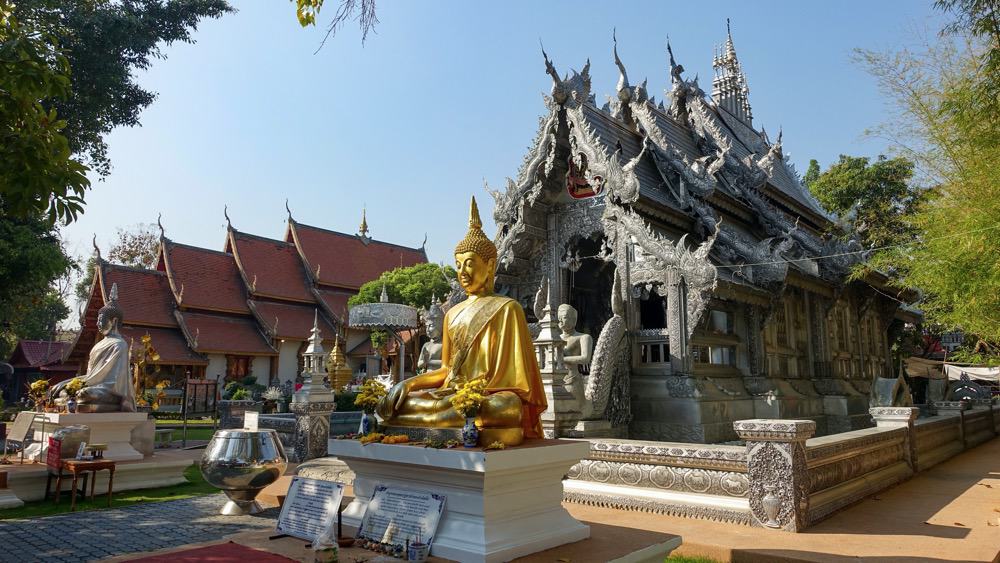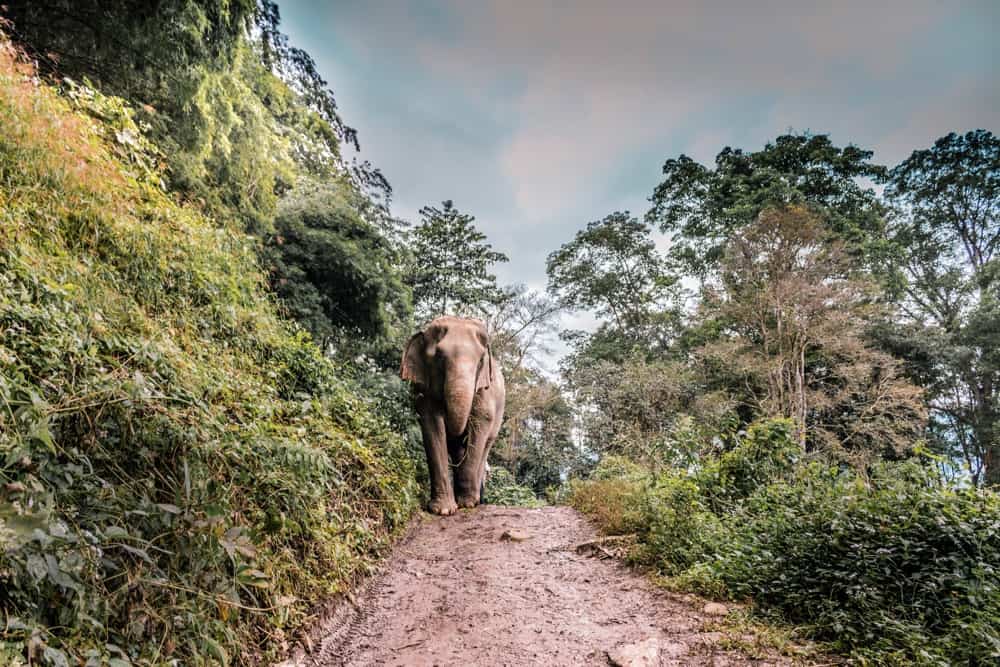
Chiang Mai is one of the most beloved travel destinations in Southeast Asia, however the quality of your time in Chiang Mai depends heavily on when you go. There are best months, best weather, and best seasons to visit this destination, all of which we are going to discuss here in this post. Also, most people will combine a visit here with other destinations, so we provide information about Chiang Mai’s climate in the context of a regional tour.
Read on to understand your options about seasonal climate, air quality, and peak and off peak travel and plan the best time to visit Chang Mai
Chiang Mai Climate
The weather in Chiang Mai usually experiences big differences across the season. Due to its elevated position, in the hilly region of Northern Thailand. In summer, the temperatures soar to 40C and drop to 10C in winter.
Chiang Mai is cooler compared with the southern cities in Thailand, including Bangkok. It experiences three major seasons; the cool season, from November to February; the hot season from March to May; and the rainy season from June to October.

The Cool Season – November to February: High Season
If you want to enjoy the best weather, the cool season is the perfect time to visit Chiang Mai. This period sees day temperature reach 28C while night temperature fall to below 10C. In regions such as Doi Inthanon National Park, the temperature is almost freezing at about 3C. The coldest month is January.
This cool season also experiences the lowest rainfall, and the humidity is low. This makes the season most comfortable for outdoor activities – especially if you are visiting Chiang Mai with kids. During this season, shorts and light shirts are comfortable.
The popular Loy Krathong and Yee Peng Lantern festivals are staged during this period, in the second or third week of November. This is also the time for cherry blossom.. So the early high season is the highest of the high. If you are planning to visit during this period, book your accommodation early.
Unfortunately you won’t avoid the crowds by missing the festivals, the whole of these months are high season. The region is flocked by local and foreign tourists, prices are high and most points of interest are usually crowded.
The Burning Season – January to March
The burning season starts during the cool months, so the term doesn’t refer to Chiang Mai weather. This is the time when the farmers around the city burn their fields to prepare them for the next growing season. So the burning season is also known as the smoky season.
Burning is illegal of course, but the law and the economics of agriculture are pulling in opposite directions and of course, economics wins. Air quality in the city suffers because the town is in a valley surrounded by burning farmland and as smog gathers over the city, and air quality is made even worse with pollution from high season traffic.

In summary, the air quality starts to get worse sometime in January and peaks in March. Even though the weather is still good for most of these months, air quality becomes bad enough to ruin the experience of the beautiful city.
The Hot Season – March to May
The hot season starts in March, but temperatures have been climbing since late February. The months from March to May are the hottest in Chiang Mai, with day temperatures reaching above 32C, especially in April when the temperature can reach 40C. The hot season is also a dry season, and with no rain, Chiang Mai is dry and dusty at this time. If you are visiting in these months, be sure to pack supplies such as sunglasses, sunscreen, light walking shoes, collapsible water bottles among others.
During this period, the area around Chiang Mai also suffers occasional bushfires; therefore, expect some polluted air. With that in mind, March to April is probably the worst time to visit Chiang Mai, especially with family.

Nevertheless, there are plenty of things to do and enjoy in Chiang Mai in the hot season. For instance, you can take part in the Songkran Festival – the Thai New Year. During this holiday, schools are closed; workers go on leave, and many Thai people travel to be with their family.
The Rainy Season – June to October
Though the sound of rain may sound off putting, it is actually not so bad as in many parts of Asia. It also doesn’t rain every day, and when it does, it is usually in the afternoons or at night. The rains normally come in quick, short showers lasting around 30 minutes.
After the cool season, the rainy season is a great time to visit Chiang Mai. Especially if you are a nature lover, the monsoon rains wash the air, and polish the town and its surroundings bringing out rich dark green conditions to Chiang Mai. The area is at its most picturesque during the rainy season.
Long story short, don’t let the rain interfere with your travel plans. However, bring the necessary equipment such as an umbrella and waterproof clothing.
Is Chiang Mai worth visiting?
The short answer is, Yes it is! Fascinating temples, Elephant sanctuaries, Weekend Markets make Chiang Mai a great family location, and perfect location to escape Bangkok.

Best time to visit Chiang Mai – Summary
If money is no object and if you don’t mind crowds, then visit Chiang Mai for the November festivals or for the best temperatures in December and January. We chose to go in the month of October to enjoy the city with more peaceful and picturesque conditions, and with the added benefit of lower cost.
Weather Chiang Mai – When to visit – pin it

Privacy Policy Disclaimer
This website uses affiliate links for income and support.
If you like our website, please consider using these links. You will be directed to the vendor, and we will get a small commission on your purchase price at no increased cost to you.
We have researched facts stated here as far as practicable but please check anything critical before committing your time and money. We do not claim any special knowledge or expertise, and we are not consultants for our readers.